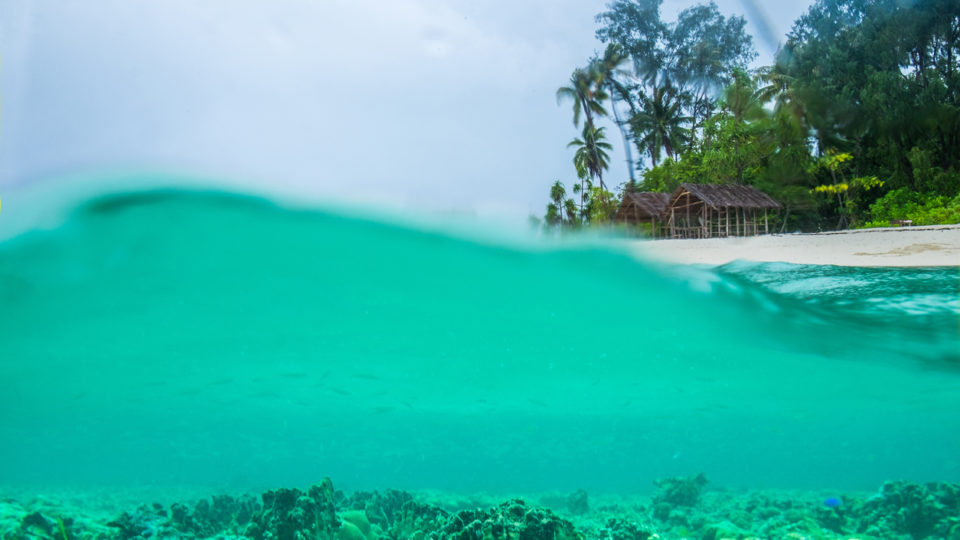Bali has really hit the big time in tourist numbers in recent years, and only looks to continue hitting its ever-larger targets. Yet, as more flock to the Island of the Gods, a wariness is rising; a worry that it’s becoming a victim of its success.
Despite all the craziness, we still very much love Bali—but sometimes a trip to a quieter, less-commercialized and sprawling destination is in order.
Here, on behalf of all savvy travelers, we look at where in Indonesia (with its 6,000 inhabited islands) could be the next big thing, an alternative Bali. Better get there before they get too big, as a number of them fall on the government’s list of priority destinations to be developed.
Tana Toraja, Sulawesi
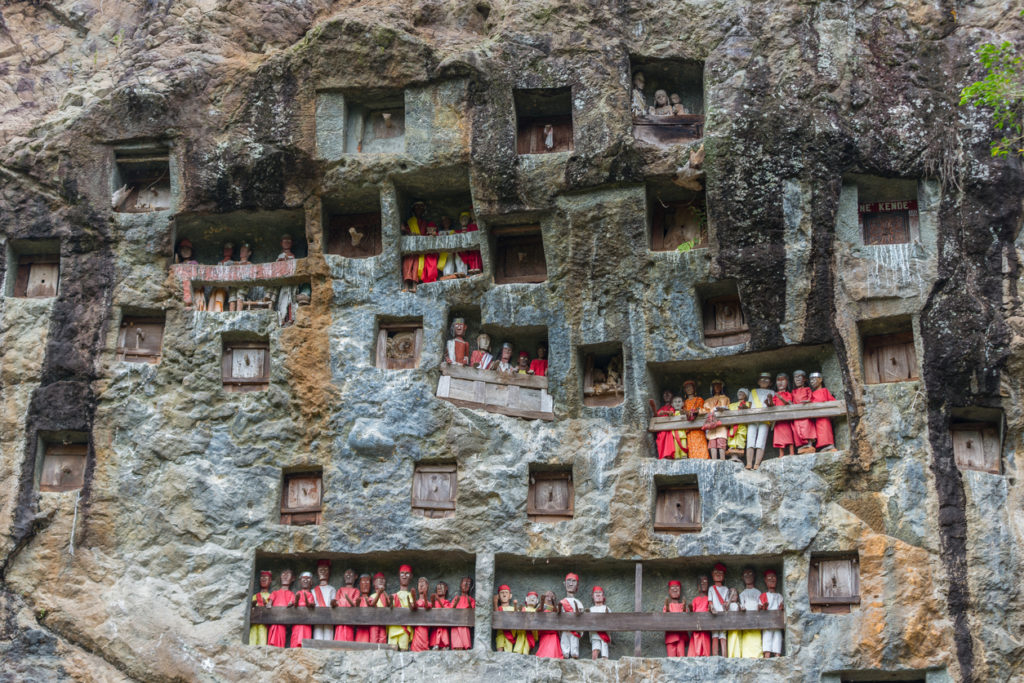
Boat-shaped roofs, emerald rice paddies and jungle-clad hills make Tana Toraja an obvious competitor to Bali. Inhabited for centuries by Toraja folk who, until recently were animists, their famous cliff-graves are guarded by wooden effigies that are scary and endearing in equal measure. If you can, try to catch a funeral. Even bigger than their Balinese equivalents, they often last weeks and, thanks to Dutch missionary efforts, tend to be accompanied by Christian prayers.
Raja Ampat, Papua
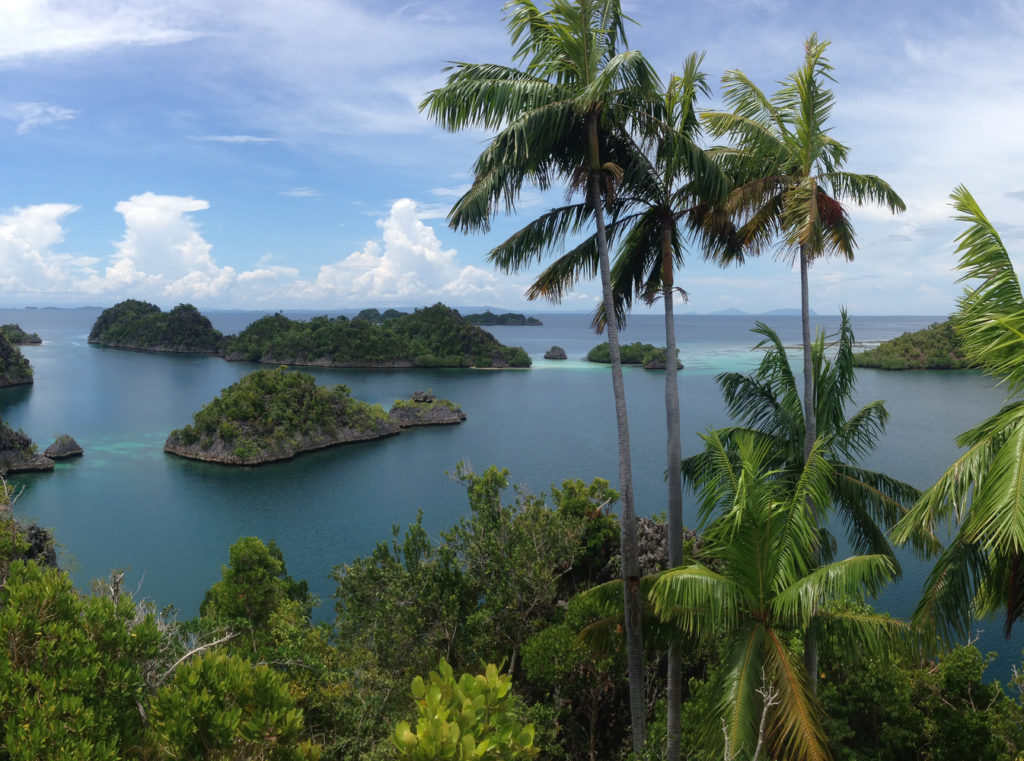
One of the best diving locations in a country that’s famous for possessing for some of the world’s finest, Raja Ampat hosts roughly 75 percent of the world’s coral species and over 1,000 species of fish. Lying in the Coral Triangle, which includes waters of Indonesia, Malaysia, Philippines, Timor Leste, and the Solomon Islands, it’s quickly filling with fashionable hotels and eco-resorts – the sort that would throw shade on even the swankiest parts of the Maldives.
Kalimantan
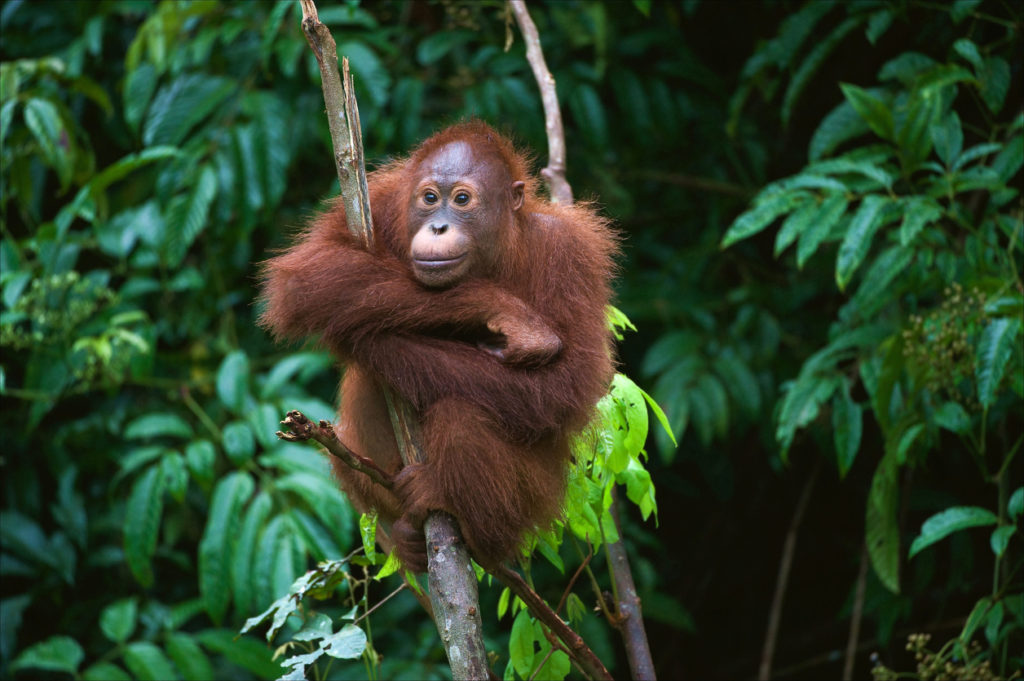
The Indonesian name for the parts of Borneo it owns (roughly 75 percent), in Kalimantan it’s usually the rivers that teem with traffic rather than the roads. Carpeted in jungle and boasting parts that could still classify as undiscovered territory, its regions are most famous for the orangutan parks that countless volunteers help at, as well as the distinctive long houses of the local Dayak tribes.
Danau Toba, Sumatra
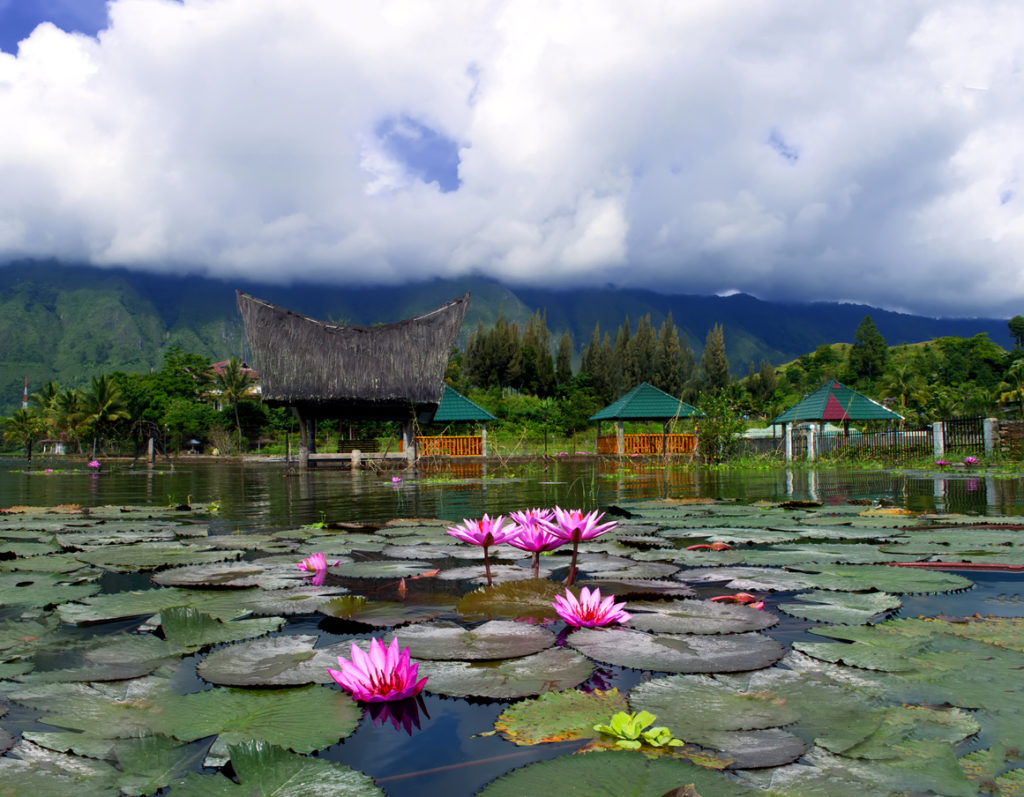
A mosaic of cerulean blues and lush greens in the volcanic highlands of Sumatra, Danau (Lake) Toba classifies as the largest freshwater lake in Southeast Asia. Even today travelers return from Tuk Tuk, the village on the lake’s inner island, and talk as if they had witnessed some sort of Indonesian ‘Avalon.’ Though all Pulau Samosir is worth exploring, most lean towards hammocks, party-boats and lake-swims, rather than hot springs, tombs and motorbikes.
Banda Islands, Maluku
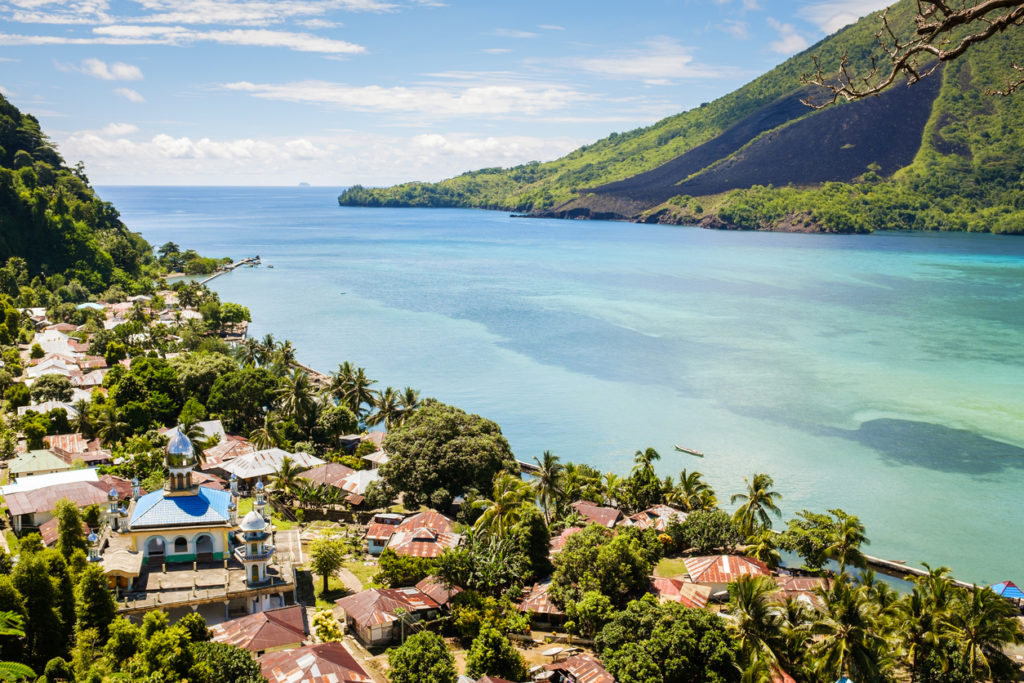
A cluster of 10 islands that sit on the edge of the Banda Sea, the Banda Islands are the renowned “Spice Islands” of European history—mainly because they formed the world’s only source of nutmeg. And they’re still “off the map” today—or almost. Receiving only a few boat visits each month (though you can hire tiny private planes if you’re packing that kind of cash), it can often feel like there are more sea creatures off the Bandas, than people on them. At least this means when you do get there, however, a mini paradise awaits.
Flores
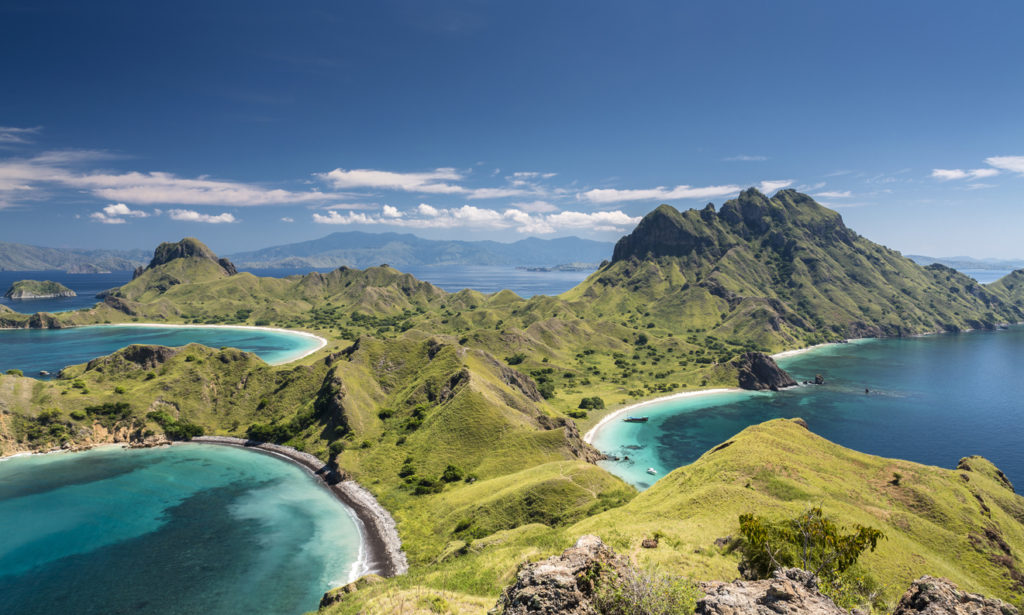
Situated in Indonesia’s East Nusa Tenggara, the volcanic spine of Flores soars to Alpine heights. And it’s become famous in the last couple of years thanks mostly to the Komodo National Park, which hovers near its west coast, as well as Kelimutu’s chameleonic lakes (that legend holds change colors to suit the volcano’s moods). While, similar to Bali in many ways (it’s one of the Lesser Sunda Islands, too, for instance), Flores seems a world away from Bali, dotted with ruins of Portuguese fortresses, coffee crops and Catholic churches, rather than Bali’s towering Hindu temples, rice paddies and bright parasols.
